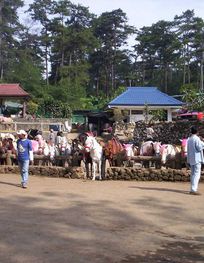
Baguio: The Summer Capital of the Philippines
Discover Baguio: A blend of cool weather, lush pine forests, rich history, and vibrant culture in the heart of the Philippines' mountainous region.
Nestled in the mountainous region of the Philippines, Baguio is a city that offers a refreshing escape from the tropical heat. Known as the Summer Capital of the Philippines, Baguio boasts cool weather, lush pine forests, and a vibrant cultural scene. The city is a blend of natural beauty and urban charm, making it a favorite destination for both local and international tourists. Baguio's rich history is reflected in its many attractions. The city's famous Burnham Park is perfect for leisurely walks, boat rides, and picnics. Nearby, the Baguio Cathedral stands as a testament to the city's colonial past, offering panoramic views of the downtown area. For those interested in local arts and crafts, a visit to the Tam-awan Village provides a glimpse into the traditional way of life of the indigenous people. Food lovers will find Baguio a gastronomic delight. The city is known for its fresh strawberries, which can be enjoyed in various forms—from strawberry taho to strawberry shortcake. The local market, filled with fresh produce and handicrafts, is also a must-visit. Don't miss out on trying the local delicacies at the many food stalls and restaurants scattered throughout the city. For nature enthusiasts, Baguio has a plethora of outdoor activities. The Botanical Garden and Mines View Park offer stunning vistas and peaceful surroundings. Adventurers can head to Mount Santo Tomas for trekking and camping. The city also serves as a gateway to the Cordillera mountain range, making it a great base for exploring the highlands.
Local tips in Baguio
- Dress in layers to adapt to Baguio's cool climate, especially during the early morning and evening.
- Visit the local market early in the morning for the freshest produce and best deals on handicrafts.
- Take a stroll around Burnham Park and rent a boat for a relaxing ride on the lake.
- Don't miss the strawberry farms in nearby La Trinidad for a unique pick-your-own experience.
- Plan your visit during the Panagbenga Flower Festival in February to experience Baguio's vibrant culture and festivities.
Neighbourhoods in Baguio
Baguio: The Summer Capital of the Philippines
Nestled in the mountainous region of the Philippines, Baguio is a city that offers a refreshing escape from the tropical heat. Known as the Summer Capital of the Philippines, Baguio boasts cool weather, lush pine forests, and a vibrant cultural scene. The city is a blend of natural beauty and urban charm, making it a favorite destination for both local and international tourists. Baguio's rich history is reflected in its many attractions. The city's famous Burnham Park is perfect for leisurely walks, boat rides, and picnics. Nearby, the Baguio Cathedral stands as a testament to the city's colonial past, offering panoramic views of the downtown area. For those interested in local arts and crafts, a visit to the Tam-awan Village provides a glimpse into the traditional way of life of the indigenous people. Food lovers will find Baguio a gastronomic delight. The city is known for its fresh strawberries, which can be enjoyed in various forms—from strawberry taho to strawberry shortcake. The local market, filled with fresh produce and handicrafts, is also a must-visit. Don't miss out on trying the local delicacies at the many food stalls and restaurants scattered throughout the city. For nature enthusiasts, Baguio has a plethora of outdoor activities. The Botanical Garden and Mines View Park offer stunning vistas and peaceful surroundings. Adventurers can head to Mount Santo Tomas for trekking and camping. The city also serves as a gateway to the Cordillera mountain range, making it a great base for exploring the highlands.
When is the best time to go to Baguio?
Iconic landmarks you can’t miss
Burnham Park
Experience the lush landscapes and serene ambiance of Burnham Park, a scenic urban retreat in the heart of Baguio City, perfect for relaxation and recreation.
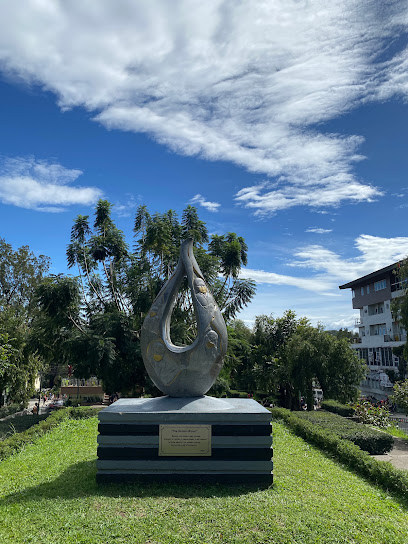
SM City Baguio
Experience the best of shopping, dining, and entertainment at SM City Baguio, your ultimate destination in the heart of the City of Pines.
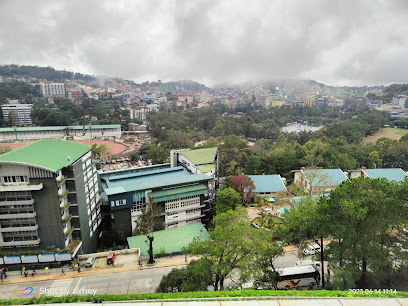
Mines View Observation Deck
Experience the breathtaking views of the Cordillera mountains at Mines View Observation Deck, Baguio's premier scenic spot for tourists.
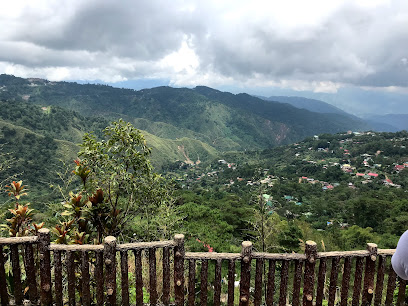
Baguio City Market
Explore the vibrant Baguio City Market, where fresh produce, local crafts, and cultural experiences await every visitor.
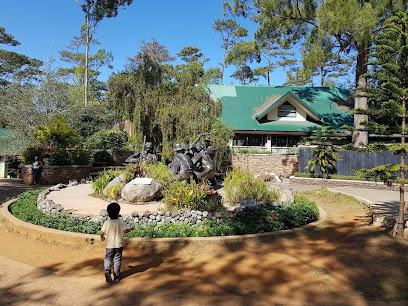
Baguio Night Market
Experience the vibrant energy of Baguio Night Market, where local flavors, crafts, and culture come together in a delightful evening escape.
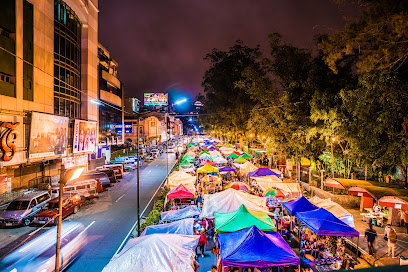
Baguio Botanical Garden
Explore the vibrant flora and cultural heritage of Baguio at its enchanting Botanical Garden, a serene retreat for nature lovers and tourists.
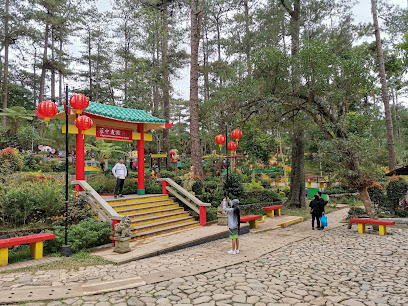
Wright Park
Discover the serene beauty of Wright Park in Baguio, a perfect blend of nature, culture, and recreation in the heart of the mountains.
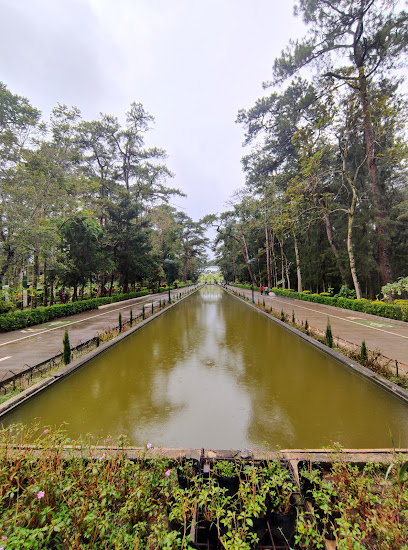
Our Lady of the Atonement Cathedral (Diocese of Baguio)
Discover the beauty and serenity of Our Lady of the Atonement Cathedral, a stunning Gothic landmark in Baguio offering spiritual solace and breathtaking views.

Lion’s Head
Experience the majestic Lion’s Head, a cultural landmark in Baguio, where art meets nature and breathtaking views await every visitor.
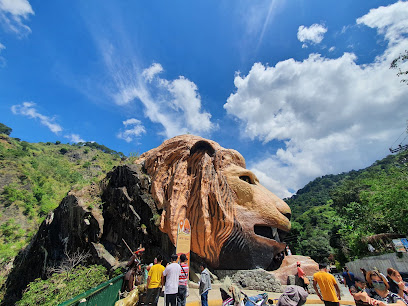
Igorot Stone Kingdom Inc.
Explore the Igorot Stone Kingdom, a cultural gem in Baguio showcasing stunning stone architecture and the rich heritage of the Igorot people.
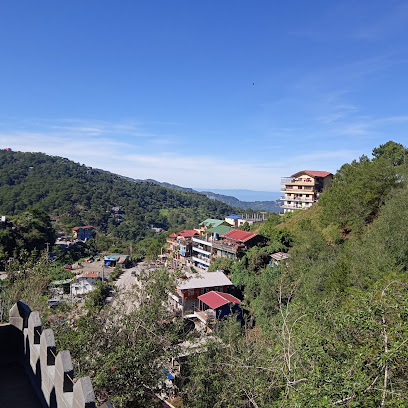
BenCab Museum
Discover the BenCab Museum, a premier art destination in the Philippines, blending stunning artistry with breathtaking mountain views.
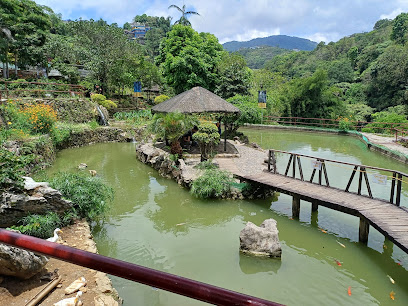
Heritage Hill and Nature Park Garden (Old Diplomat Hotel)
Explore Baguio's Heritage Hill and Nature Park Garden: A serene historical site blending nature's beauty with rich cultural heritage.
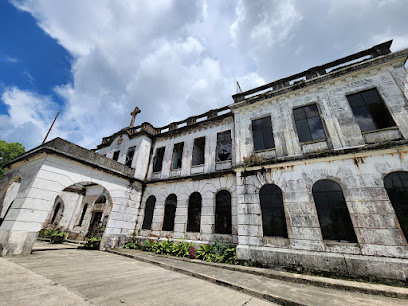
Tam-awan Village
Discover the rich heritage and vibrant art of the Cordillera region at Tam-awan Village, a cultural gem in Baguio's lush landscapes.
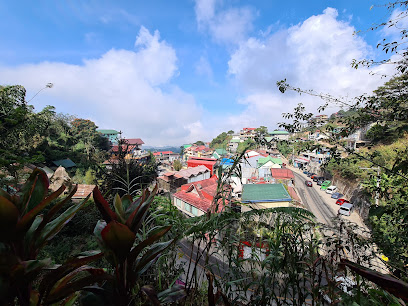
Bell Church
Explore the peaceful Bell Church, a stunning Buddhist temple in La Trinidad, Benguet, where culture, spirituality, and breathtaking views come together.
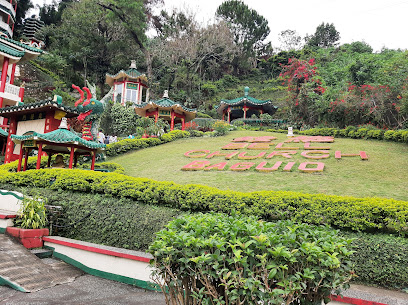
Valley of Colors
Explore the stunning Valley of Colors in Baguio, where nature's beauty and vibrant landscapes create unforgettable memories for every traveler.
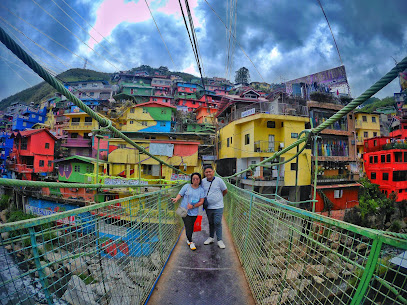
Unmissable attractions to see
Burnham Park
Experience the tranquility and beauty of Burnham Park, a lush urban oasis in the heart of Baguio, perfect for relaxation and recreation.

Mines View Observation Deck
Discover the stunning vistas of the Cordillera mountains at Mines View Observation Deck in Baguio, a must-see tourist attraction for breathtaking views and local culture.
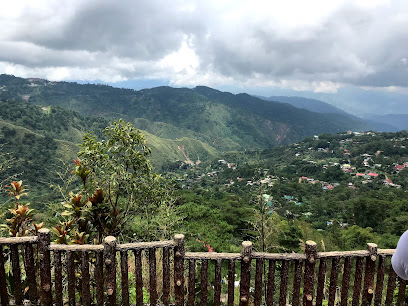
Baguio City Market
Discover the vibrant Baguio City Market, where local culture, fresh produce, and unique handicrafts come together in the heart of the Philippines' summer capital.
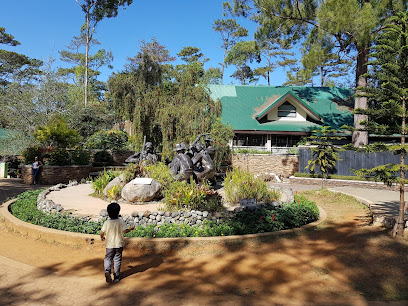
Baguio Night Market
Discover the vibrant Baguio Night Market, where local culture, delectable street food, and unique crafts come together in a lively evening bazaar.
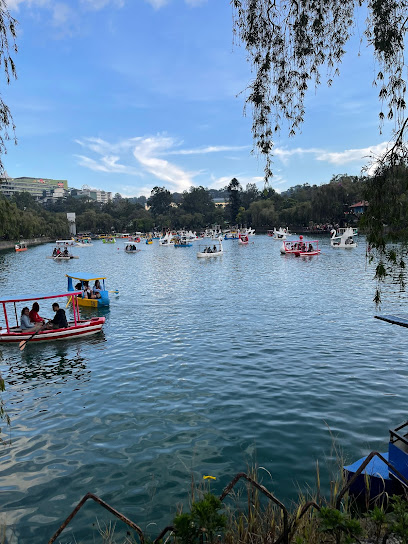
Baguio Botanical Garden
Explore the lush serenity of Baguio Botanical Garden, a stunning blend of natural beauty, cultural heritage, and tranquil pathways perfect for relaxation.
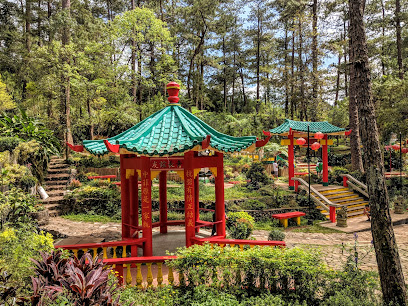
Wright Park
Experience tranquility at Wright Park in Baguio, where lush landscapes and serene ambiance create the perfect escape from the city hustle.

Our Lady of the Atonement Cathedral (Diocese of Baguio)
Discover the serene beauty and architectural splendor of Our Lady of the Atonement Cathedral in Baguio, a must-see for all visitors.
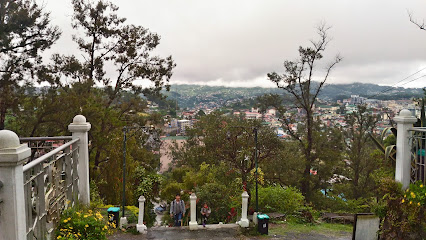
Lion’s Head
Discover the cultural significance and breathtaking views at Lion's Head, Baguio's iconic landmark and a must-visit for every traveler.

Igorot Stone Kingdom Inc.
Explore the Igorot Stone Kingdom in Baguio, a captivating cultural landmark showcasing the artistry and heritage of the Igorot people amidst stunning landscapes.
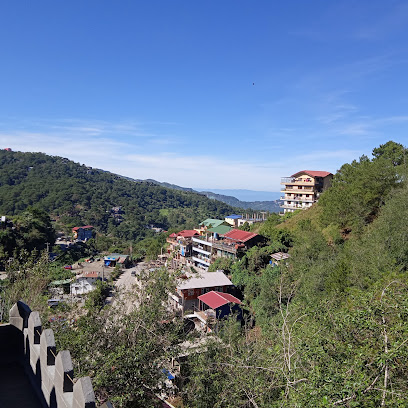
BenCab Museum
Explore the creative spirit of the Philippines at BenCab Museum, where art meets the breathtaking beauty of Benguet's highlands.
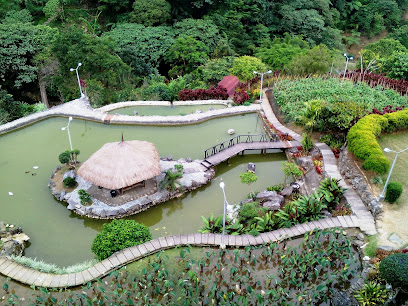
Heritage Hill and Nature Park Garden (Old Diplomat Hotel)
Explore the rich history and stunning landscapes at Heritage Hill and Nature Park, a hidden gem in Baguio perfect for all travelers.
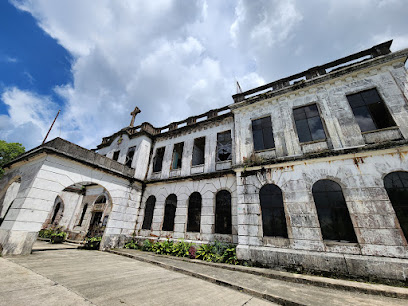
Tam-awan Village
Experience the rich culture and artistry of the Cordillera region at Tam-awan Village, a serene artistic haven in Baguio, Philippines.
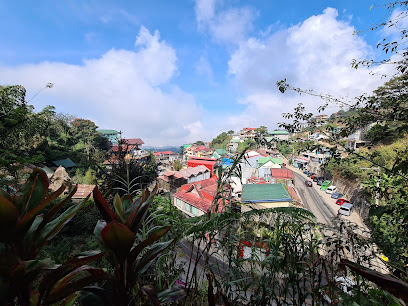
Bell Church
Discover the serene beauty and spiritual richness of Bell Church, a captivating Buddhist temple in the heart of La Trinidad, Benguet.

Bell Church
Explore the serene beauty and vibrant culture of Bell Church, a stunning Buddhist temple nestled in the tranquil hills of La Trinidad, Benguet.
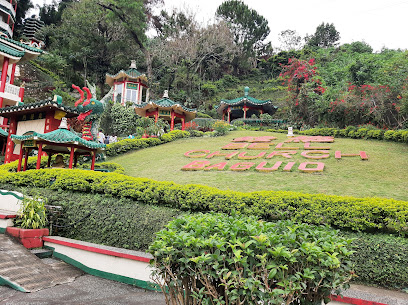
Valley of Colors
Explore the breathtaking Valley of Colors in Baguio, a vibrant floral paradise perfect for nature lovers and photographers seeking stunning landscapes.
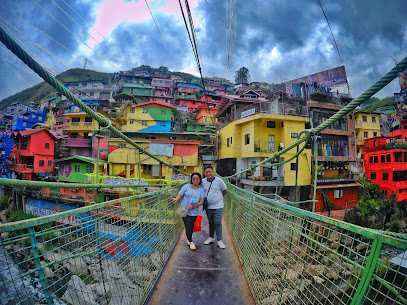
Essential places to dine
GOODTASTE RESTAURANT
Experience affordable Asian cuisine at GoodTaste Restaurant in Baguio - where every meal is a delightful journey!
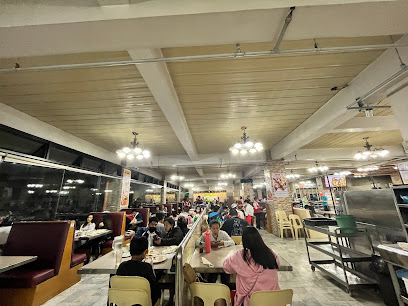
Choco-laté de Batirol
Experience authentic Filipino flavors at Choco-laté de Batirol, where rich hot chocolate meets stunning natural beauty.
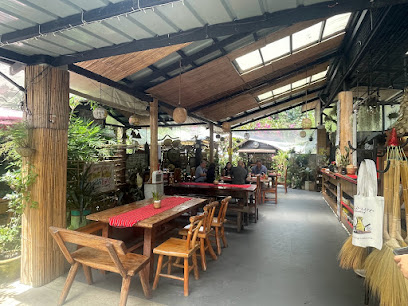
The Original Good Taste Cafe & Restaurant
Discover the delightful flavors of The Original Good Taste Cafe & Restaurant in Baguio - where every meal is crafted with care.
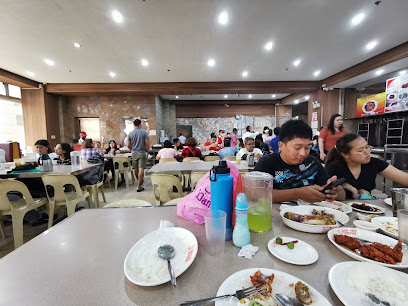
Grumpy Joe Upper Session Road
Experience delightful American cuisine at Grumpy Joe Upper Session Road in Baguio - where comfort food meets local charm!
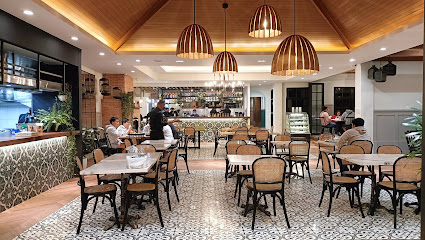
Lemon and Olives Greek Taverna
Savor authentic Greek flavors at Lemon and Olives Greek Taverna in Baguio - where every meal is a culinary journey through Greece.
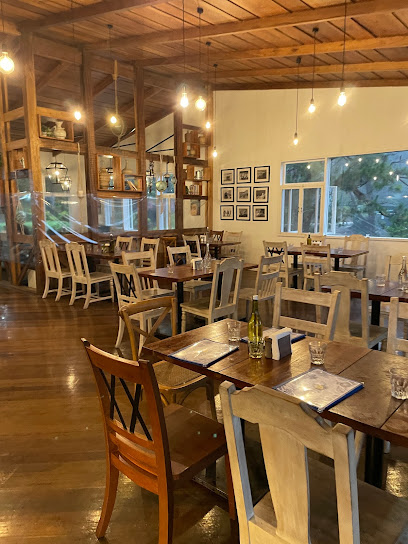
Café by the Ruins
Discover Café by the Ruins in Baguio - where Asian fusion meets local flavors amidst breathtaking views.
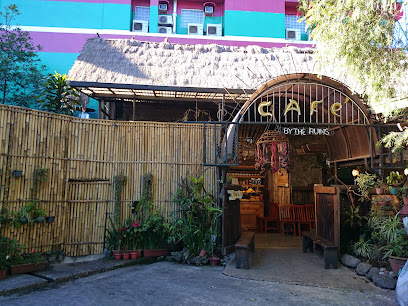
Korean Palace Restaurant
Experience authentic Korean flavors at Baguio's premier buffet restaurant nestled in scenic Camp John Hay.
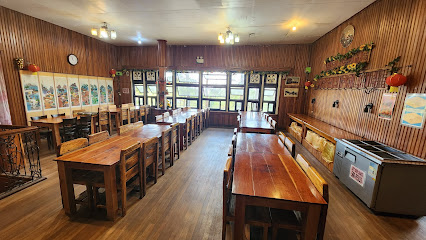
Canto
Discover authentic Filipino flavors at Canto in Baguio – where every meal tells a story.
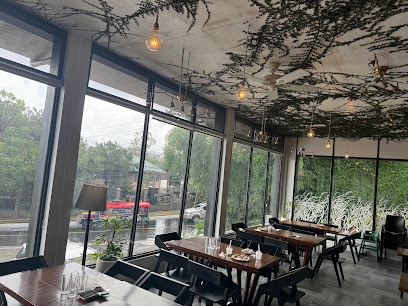
Hill Station
Discover exquisite dining at Hill Station in Baguio, where local flavors meet international cuisine amidst stunning mountain views.
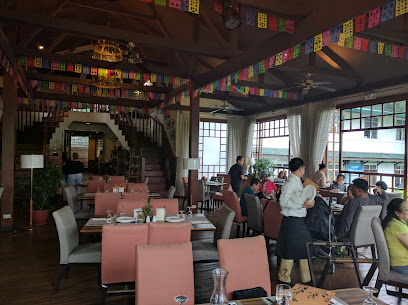
50's Diner
Discover the charm of classic American dining at 50's Diner in Baguio—where nostalgia meets delicious comfort food!
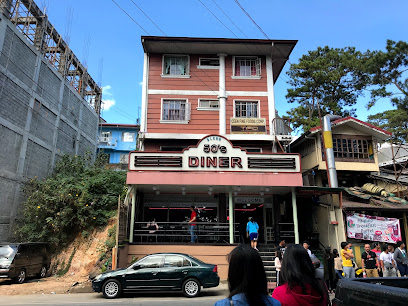
Amare La Cucina
Experience authentic Italian cuisine at Amare La Cucina in Baguio - where every meal is a celebration of flavor amidst stunning mountain views.
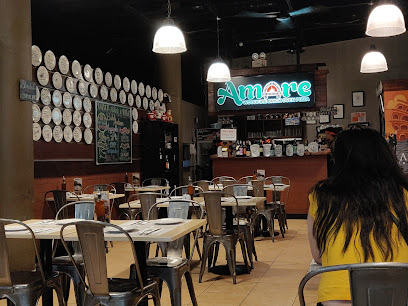
The Farmer's Daughter Restaurant
Discover authentic Filipino cuisine at The Farmer's Daughter Restaurant in Baguio's scenic Tam-awan Village.
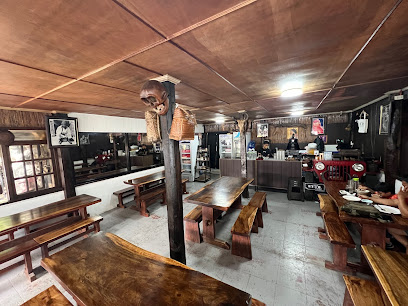
Chaya
Discover the essence of Japan at Chaya in Baguio – where authentic flavors meet warm hospitality.

Oh My Gulay
Discover Oh My Gulay in Baguio – where art meets vegetarian cuisine in a unique dining experience filled with flavor and creativity.
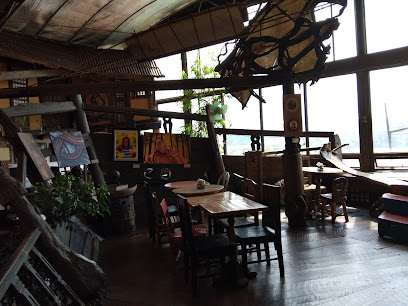
Rose Bowl Steakhouse and Restaurant
Experience authentic Chinese flavors at Baguio's beloved Rose Bowl Steakhouse, where every dish tells a story.
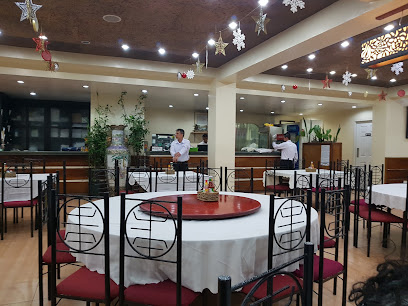
Markets, malls and hidden boutiques
SM City Baguio
Explore SM City Baguio: A Shopping Haven Amidst the Scenic Beauty of Baguio City, Offering Unmatched Retail and Dining Experiences.
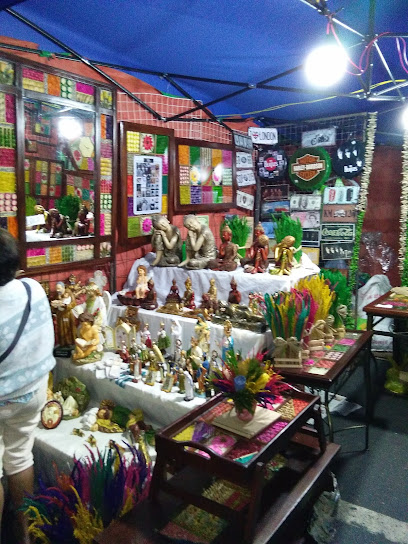
Baguio Center Mall
Explore the heart of Baguio at Baguio Center Mall, a lively shopping destination with diverse stores, dining options, and family-friendly entertainment.
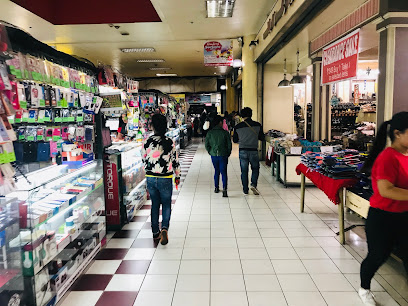
Porta Vaga Mall
Explore Porta Vaga Mall in Baguio: A shopping haven filled with local charm, international brands, and delightful dining options.
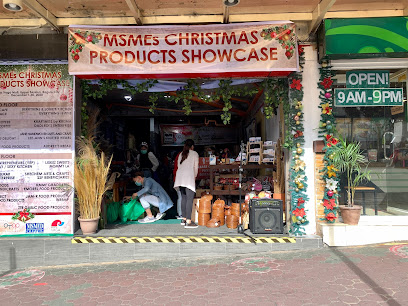
Narda's Handwoven Arts & Crafts
Discover the heart of Baguio's artistry at Narda's Handwoven Arts & Crafts, where local craftsmanship meets unique souvenirs.
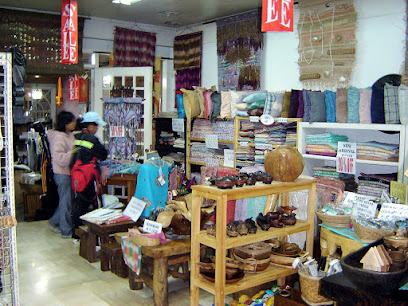
Honor's Ground Hobby and Toy Shop
Discover a treasure trove of hobbies and toys at Honor's Ground Hobby and Toy Shop in Baguio - a must-visit for collectors and enthusiasts alike.
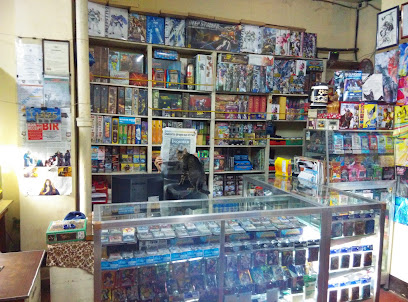
Sky World Commercial Center
Explore Sky World Commercial Center in Baguio for unique shopping, vintage finds, and a taste of local culture in a vibrant atmosphere.
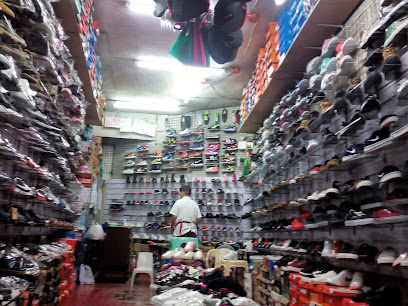
NOVO
Experience the vibrant shopping culture of Baguio at NOVO, your one-stop department store for home wares and unique local finds.
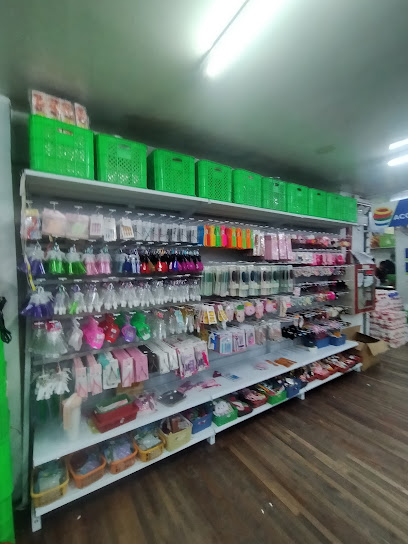
Baguio Cosplay & Novelty Shop
Explore the vibrant Baguio Cosplay & Novelty Shop for unique costumes, fashion accessories, and memorable gifts that reflect the spirit of the city.
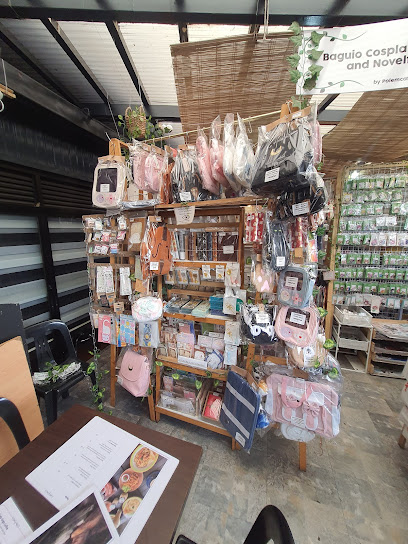
Penshoppe - SM City Baguio
Discover the latest fashion trends at Penshoppe, SM City Baguio - a stylish shopping destination for every fashion enthusiast.
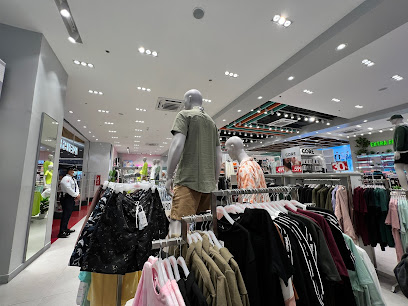
Blue Ocean Department Store
Experience the vibrant shopping scene at Blue Ocean Department Store in Baguio, where local culture meets modern retail in a delightful atmosphere.
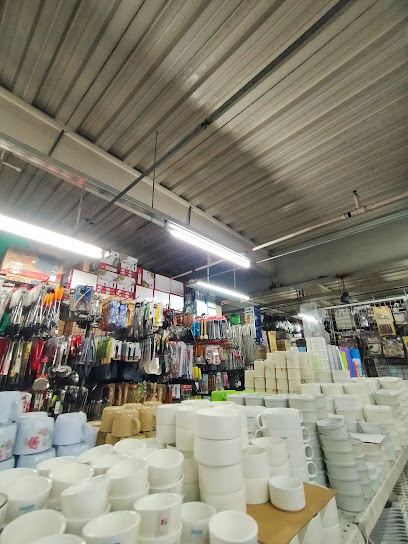
UNIQLO SM City Baguio
Discover stylish and affordable clothing at UNIQLO SM City Baguio, where fashion meets functionality in a beautiful mountain setting.
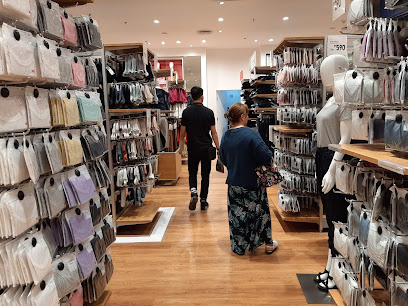
Pasalubong Center
Explore Baguio's Pasalubong Center for unique souvenirs and local crafts, celebrating the rich culture of the Cordillera region.
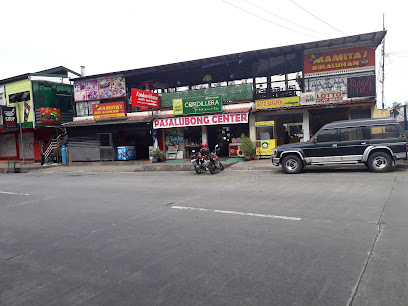
BonChic
Discover unique finds and budget-friendly treasures at BonChic, Baguio's must-visit surplus store for tourists and locals alike.
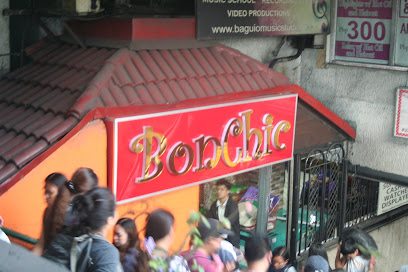
SM Store - Baguio
Experience a shopping extravaganza at SM Store - Baguio, with a wide range of products and a welcoming atmosphere!
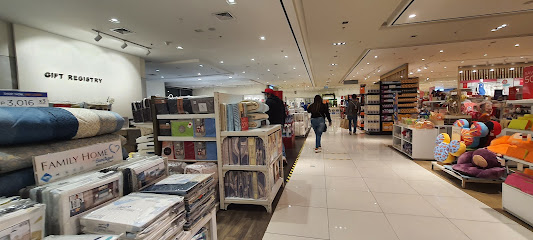
Baguio's Closet
Explore Baguio's Closet for trendy local fashion reflecting the vibrant culture of Baguio City, perfect for tourists seeking unique apparel.
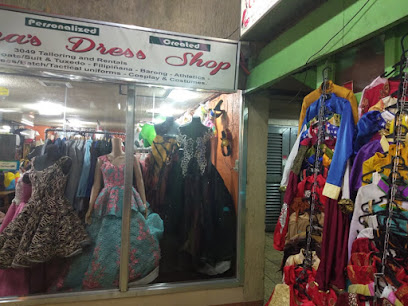
Essential bars & hidden hideouts
Baguio Craft Brewery
Discover Baguio Craft Brewery, where local flavors and vibrant atmosphere meet to create the ultimate craft beer experience.
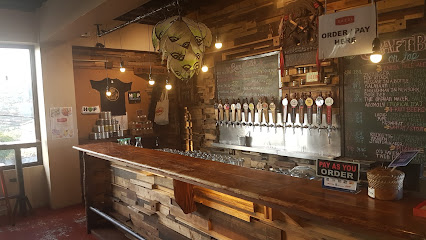
Rumours Bar and Restaurant
Experience the culinary delights of Baguio at Rumours Bar and Restaurant, a cozy dining spot offering a range of local and international dishes.
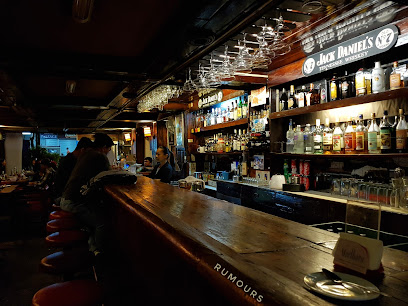
One Piece Restobar
Experience the vibrant flavors of Baguio at One Piece Restobar, where local ingredients meet culinary creativity in a relaxed atmosphere.
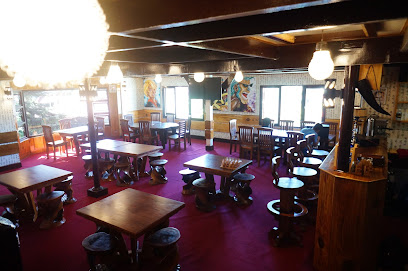
Lockdown Bar
Discover the vibrant nightlife of Baguio at Lockdown Bar, where great drinks and a lively atmosphere await you.
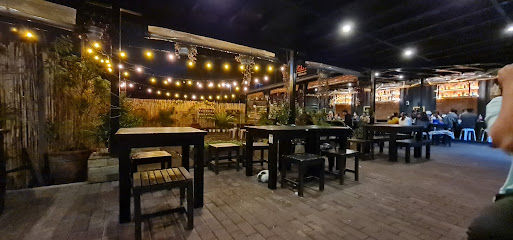
Amarillo Music Bar
Discover the lively atmosphere of Amarillo Music Bar, Baguio's top spot for live music, drinks, and unforgettable nightlife experiences.
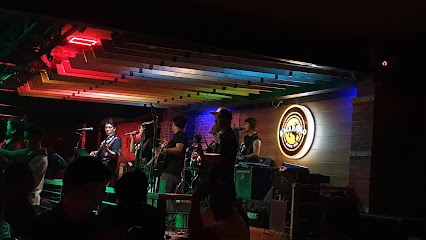
Basmnt
Experience the vibrant nightlife of Baguio at Basmnt, where eclectic drinks and an energetic atmosphere await you!
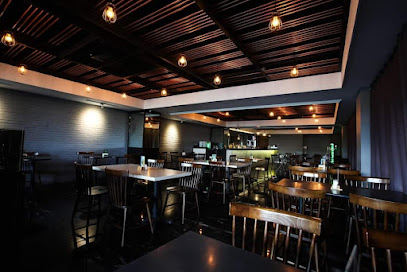
Primo Point Bar and Restaurant
Discover the lively ambiance and delicious offerings at Primo Point Bar and Restaurant in Baguio, a perfect spot for food lovers and night owls alike.
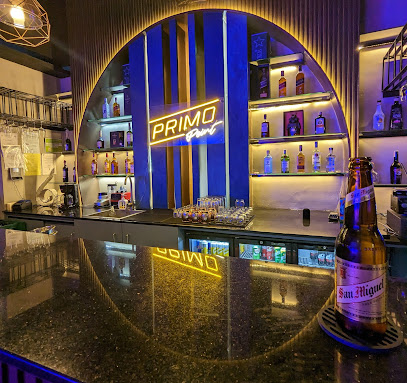
LOL COMEDY BAR & GRILL
Experience the joy of laughter and delicious grilled specialties at LOL Comedy Bar & Grill in Baguio, a must-visit for nightlife lovers.
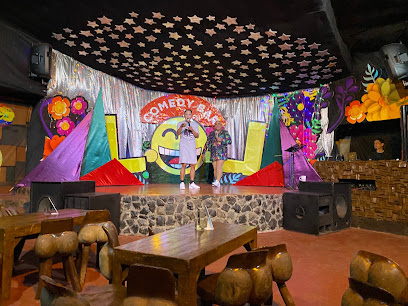
Vérvé Music Lounge
Experience the vibrant nightlife of Baguio at Vérvé Music Lounge, where live music and exquisite drinks create unforgettable moments.
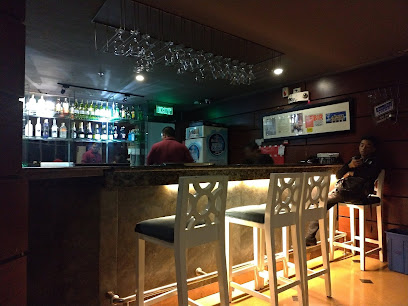
Hotline Bar
Discover the vibrant nightlife of Baguio at Hotline Bar, where great music and drinks create an unforgettable experience.
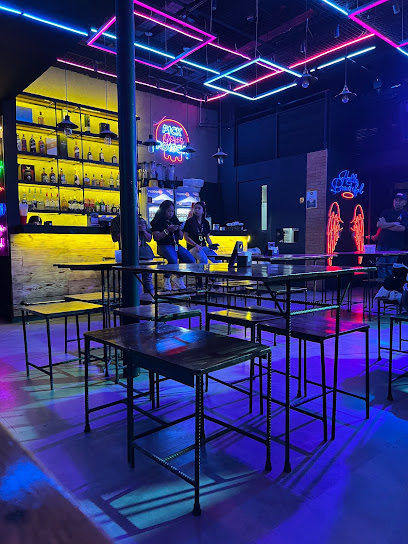
Smoke and Barrel
Discover the vibrant nightlife at Smoke and Barrel, Baguio's premier bar with live music and a stunning city view.
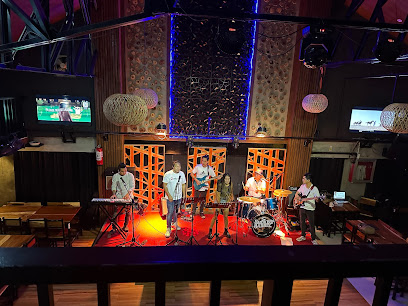
Monro Disco Bar
Dive into Baguio's nightlife at Monro Disco Bar, where great music and vibrant energy create unforgettable moments in the cool mountain air.
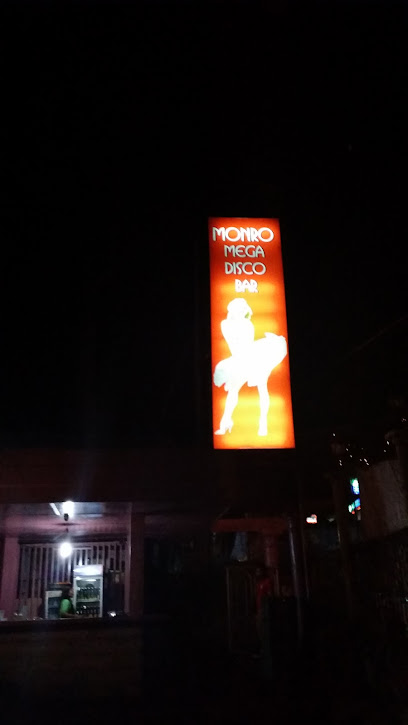
Here Gastropub
Experience Baguio's vibrant culinary scene at Here Gastropub, where local flavors meet contemporary dining in a lively atmosphere.
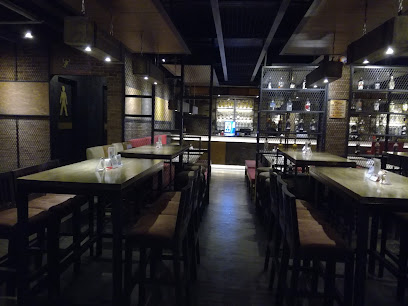
orange cafe
Discover the inviting atmosphere of Orange Cafe in Baguio, where relaxation meets vibrant socializing over delicious drinks.
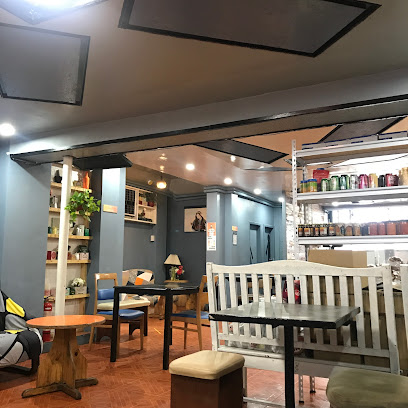
168 Resto Bar
Experience the vibrant nightlife of Baguio at 168 Resto Bar, where live music and refreshing drinks create unforgettable moments.

Local Phrases
-
- HelloKamusta
[kah-mus-tah] - GoodbyePaalam
[pah-ah-lahm] - YesOo
[oh-oh] - NoHindi
[hin-dee] - Please/You're welcomeMangyari po
[mang-ya-ree poh] - Thank youSalamat
[sa-la-mat] - Excuse me/SorryPaumanhin
[pah-oo-man-een] - How are you?Kamusta ka?
[kah-mus-tah kah] - Fine. And you?Mabuti. Ikaw?
[mah-boo-tee. ee-kahw] - Do you speak English?Marunong ka mag-Ingles?
[ma-roo-nong kah mag-een-gles] - I don't understandHindi ko maintindihan
[hin-dee koh main-tin-dee-han]
- HelloKamusta
-
- I'd like to see the menu, pleaseGusto ko makita ang menu, pakiusap
[goo-stoh koh mah-kee-tah ahng meh-noo, pah-kee-oo-sap] - I don't eat meatHindi ako kumakain ng karne
[hin-dee ah-koh koo-mah-kah-een nang kahr-neh] - Cheers!Tagay!
[tah-gai] - I would like to pay, pleaseGusto ko bayaran, pakiusap
[goo-stoh koh bah-ya-rahn, pah-kee-oo-sap]
- I'd like to see the menu, pleaseGusto ko makita ang menu, pakiusap
-
- Help!Tulong!
[too-long] - Go away!Lumayo ka!
[loo-mah-yoh kah] - Call the Police!Tawag sa Pulis!
[tah-wahg sah poo-lees] - Call a doctor!Tawag sa doktor!
[tah-wahg sah dok-tor] - I'm lostNawawala ako
[nah-wah-wah-lah ah-koh] - I'm illMay sakit ako
[mahy sah-kit ah-koh]
- Help!Tulong!
-
- I'd like to buy...Gusto ko bumili ng...
[goo-stoh koh boo-mee-lee nang] - I'm just lookingNagtitignan lang ako
[nag-tee-teeg-nan lahng ah-koh] - How much is it?Magkano ito?
[mag-kah-noh ee-toh] - That's too expensiveMahal masyado iyan
[mah-hahl mah-syah-doh ee-yahn] - Can you lower the price?Pwede bang ibaba ang presyo?
[pweh-deh bahng ee-bah-bah ahng preh-syoh]
- I'd like to buy...Gusto ko bumili ng...
-
- What time is it?Anong oras na?
[ah-nong oh-rahs nah] - It's one o'clockAlas-uno na
[ah-lahs-oo-noh nah] - Half past (10)Alas-dyes y medya
[ah-lahs-dyes ee med-yah] - MorningUmaga
[oo-mah-gah] - AfternoonHapon
[hah-pon] - EveningGabi
[gah-bee] - YesterdayKahapon
[kah-hah-pon] - TodayNgayon
[ngai-yon] - TomorrowBukas
[boo-kahs] - 1Isa
[ee-sah] - 2Dalawa
[dah-lah-wah] - 3Tatlo
[tat-loh] - 4Apat
[ah-paht] - 5Lima
[lee-mah] - 6Anim
[ah-neem] - 7Pito
[pee-toh] - 8Walo
[wah-loh] - 9Siyam
[see-yahm] - 10Sampu
[sahm-poo]
- What time is it?Anong oras na?
-
- Where's a/the...?Nasaan ang...?
[nah-sah-ahn ahng] - What's the address?Ano ang address?
[ah-noh ahng address] - Can you show me (on the map)?Pwede mo akong ipakita (sa mapa)?
[pweh-deh moh ah-kohng ee-pah-kee-tah sah mah-pah] - When's the next (bus)?Kailan ang susunod na (bus)?
[kahy-lahn ahng soo-soo-nod nah] - A ticket (to ....)Isang ticket (papunta sa ....)
[ee-sahng ticket (pah-poon-tah sa)]
- Where's a/the...?Nasaan ang...?
History of Baguio
-
Before the arrival of Spanish colonizers, the area now known as Baguio was inhabited by indigenous tribes such as the Ibaloi and the Kankanaey. These tribes practiced terrace farming and had a rich cultural heritage, including various rituals, dances, and folklore that are still celebrated today.
-
Baguio remained largely unexplored by Spanish colonizers due to its mountainous terrain. However, Spanish explorers occasionally ventured into the area to exploit its natural resources, particularly gold and other minerals. The Spanish influence in Baguio was minimal compared to other parts of the Philippines.
-
In the early 20th century, the Americans saw potential in Baguio as a hill station and a summer retreat. In 1900, Baguio was formally established as a town and later became a chartered city in 1909. The Americans introduced various infrastructures, including the renowned Kennon Road, making Baguio more accessible. They also built Camp John Hay, a recreational facility for American soldiers.
-
During World War II, Baguio played a significant role as a strategic military location. The city was occupied by Japanese forces in 1942 and served as a base for their operations. Baguio was heavily bombed by Allied forces towards the end of the war, resulting in significant damage. The city was liberated in 1945 by American and Filipino forces.
-
After World War II, Baguio underwent extensive reconstruction. The city continued to develop, becoming an educational hub with the establishment of schools like the University of the Philippines Baguio and Saint Louis University. Baguio also became a popular tourist destination, known for its cool climate and scenic views.
-
On July 16, 1990, a devastating earthquake struck Luzon, with Baguio being one of the hardest-hit areas. The earthquake caused widespread destruction, including the collapse of several buildings and infrastructure. The disaster led to significant loss of life and prompted major reconstruction efforts. Baguio's resilience shone through as the city rebuilt and modernized in the years following the quake.
-
Today, Baguio is a melting pot of cultures, blending indigenous traditions with American colonial influences and modern Filipino culture. The city is renowned for its vibrant arts scene, with events like the annual Panagbenga Festival celebrating the region's floral abundance. Baguio remains a beloved destination for both local and international tourists, offering a unique blend of history, culture, and natural beauty.
Baguio Essentials
-
Baguio, known as the 'Summer Capital of the Philippines', is located in the northern part of Luzon. The nearest major airport is Ninoy Aquino International Airport (NAIA) in Manila, approximately 250 kilometers away. From Manila, you can take a bus to Baguio, which typically takes around 4-6 hours depending on traffic conditions. Victory Liner, Genesis Transport, and JoyBus are some of the reliable bus companies operating this route. Alternatively, you can rent a car and drive to Baguio, enjoying a scenic route through the mountains.
-
Once in Baguio, getting around the city is relatively easy. Taxis are plentiful and affordable, and jeepneys are the most common form of public transport, offering a more local experience. For short distances, tricycles are also available. If you prefer more convenience, you can also use ride-hailing apps like Grab. Walking is a great option for exploring the downtown area, as many attractions are within close proximity.
-
The official currency in the Philippines is the Philippine Peso (PHP). Credit cards are widely accepted in hotels, restaurants, and larger stores, but it's advisable to carry some cash for smaller establishments and local markets. ATMs are available throughout Baguio, especially in shopping centers and tourist areas. It's a good idea to have some small bills and coins for jeepney fares and tips.
-
Baguio is generally safe for tourists, but it's always wise to take standard precautions. Avoid walking alone in poorly lit areas at night and be cautious of your belongings in crowded places like markets and public transportation. While Baguio doesn't have specific high-crime areas targeting tourists, staying vigilant and aware of your surroundings is always beneficial.
-
In case of an emergency, dial 911 for police, fire, and medical assistance. Baguio General Hospital and Medical Center is the main hospital in the city, offering comprehensive medical services. It's advisable to have travel insurance that covers medical emergencies. For minor health issues, numerous pharmacies are available throughout the city.
-
Fashion: Do dress in layers, as Baguio's weather can be quite cool, especially in the mornings and evenings. Avoid overly revealing clothing. Religion: Do respect local customs and traditions. When visiting churches, dress modestly and avoid loud behavior. Public Transport: Do have exact change for jeepney fares. Don't eat or drink on public transport. Greetings: Do greet people with a smile or a polite nod. A handshake is common in more formal settings. Eating & Drinking: Do try local delicacies like strawberry taho and ube jam. Don't refuse food offerings, as it is considered impolite.
-
To experience Baguio like a local, visit the Baguio City Public Market early in the morning to buy fresh produce and local goods. Attend the Panagbenga Festival in February to witness the vibrant flower parades. Explore Session Road for a variety of dining options. For a unique experience, take a leisurely stroll through Burnham Park or visit the Tam-awan Village to learn about local art and culture.
Trending Landmark in Baguio
-
Burnham Park
-
SM City Baguio
-
Mines View Observation Deck
-
Baguio City Market
-
Baguio Night Market
-
Baguio Botanical Garden
-
Wright Park
-
Our Lady of the Atonement Cathedral (Diocese of Baguio)
-
Lion’s Head
-
Igorot Stone Kingdom Inc.
-
BenCab Museum
-
Heritage Hill and Nature Park Garden (Old Diplomat Hotel)
-
Tam-awan Village
-
Bell Church
-
Valley of Colors
Nearby Cities to Baguio
-
Things To Do in Sagada
-
Things To Do in Vigan
-
Things To Do in Angeles City
-
Things To Do in Subic
-
Things To Do in Ilocos Norte
-
Things To Do in Manila
-
Things To Do in Tagaytay
-
Things To Do in Batanes
-
Things To Do in Legazpi
-
Things To Do in Boracay
-
Things To Do in Cebu City
-
Things To Do in Puerto Princesa
-
Things To Do in Palawan
-
Things To Do in Bohol
-
Things To Do in Camiguin






